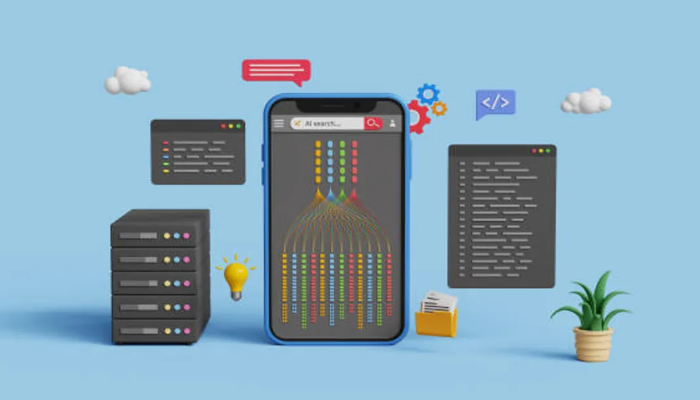If you’ve been puzzling over the “ditto for us NYT crossword” clue in The New York Times crossword, you’re not alone. This quirky little phrase pops up more often than you might expect, challenging both new and seasoned solvers. On the surface, “ditto for us” seems straightforward—almost conversational—but in crossword logic, the meaning can shift depending on the grid, theme, and clue context. This makes it both a fun and sometimes tricky entry to crack.
In this guide, we’ll unpack exactly what “ditto for us” means in crossword-speak, explore its common answer patterns, and share proven strategies to help you solve similar clues faster. Whether you’re a casual solver enjoying a Sunday coffee or a competitive puzzler aiming for speed records, understanding this clue type will sharpen your skills and boost your confidence.
Understanding the Meaning Behind “Ditto for Us” in NYT Crossword
The phrase “ditto for us” generally means “same here” or “we agree.” In real-life conversation, it’s a casual way of saying that you share the same opinion as someone else. Crossword constructors use this everyday language to inject humor, familiarity, or conversational tone into the puzzle.
However, in crossword terms, clues like “ditto for us” are rarely literal. They’re what puzzle-makers call “conversational clues”—informal phrases you might say aloud, reimagined for grid-friendly answers. For example, “ditto for us” might lead to “SO DO WE” or “US TOO,” both of which fit the sentiment and letter count.
When solving, keep in mind that NYT crossword clues often include subtlety. The “ditto” part signals repetition or agreement, while “for us” shifts the voice to plural. This small grammatical tweak often points toward multi-word answers rather than single ones.
Common Answers and Letter Patterns for “Ditto for Us”
Over the years, the most common answers to “ditto for us” have been:
- SO DO WE – 7 letters
- US TOO – 5 letters
- SAME HERE – 8 letters
Each of these carries the same conversational agreement meaning, but the right choice depends on the puzzle’s grid and intersecting clues.
Letter count is king in crossword solving. If you see “ditto for us” and you have a 7-letter slot with the second letter as “O,” “SO DO WE” becomes a strong candidate. On the other hand, if you have a short 5-letter answer and the last two letters are “OO,” you can bet on “US TOO.”
By memorizing these patterns, you reduce hesitation during solving. Veteran solvers often keep mental lists of such phrase-based clue-answer pairs because constructors reuse them across different puzzles.
Why The NYT Crossword Loves Conversational Clues
The New York Times crossword is known for its cultural wit and linguistic playfulness. Conversational clues like “ditto for us” bring a touch of personality into the grid, breaking the monotony of straightforward definitions. They mimic real speech patterns, making puzzles feel warmer and more relatable.
From an editorial standpoint, clues like “ditto for us” give constructors flexibility. The same clue can be clued in multiple ways across different puzzles, keeping returning solvers on their toes. It also broadens the appeal, as even novice solvers can latch onto familiar phrases, while experienced players appreciate the nuanced wordplay.
For Will Shortz and the NYT editorial team, this kind of clue is part of their signature style—bridging casual language and crossword craft in a way that both entertains and challenges.
Tips for Solving “Ditto for Us” and Similar Clues
a. Start with the tone – If a clue feels conversational, read it as if you were in a dialogue. What would you naturally say in that situation?
b. Check the grid length – Count the letters; this narrows your options quickly.
c. Cross-check with intersecting clues – Even one or two confirmed letters can rule out multiple possibilities.
d. Think about tense and number – “Us” implies a plural response. So answers like “ME TOO” wouldn’t fit here unless the clue was “Ditto for me.”
e. Keep a memory bank – Build a personal cheat sheet of common crossword conversational answers. Over time, your recall speed will increase dramatically.
Applying these strategies turns guesswork into calculated deduction, and before long, clues like “ditto for us” will feel like freebies.
The Broader Significance of Mastering These Clues
Understanding “ditto for us” isn’t just about getting one answer right—it’s about leveling up your pattern recognition skills. Crossword puzzles are a game of probability and language familiarity. The more phrases and idioms you can instantly recall, the faster you move through any puzzle.
This skill carries over into other conversational clues such as “I’m with you,” “Exactly,” or “Right on!” Each has its own set of common answers, and the more you expose yourself to them, the easier solving becomes.
For serious solvers aiming for speed-solving competitions, shaving even a few seconds off per clue can make a huge difference. For casual players, it’s simply satisfying to see a tricky-looking clue crumble under your expertise.
Conclusion
The “ditto for us NYT crossword” clue is a perfect example of how language, culture, and puzzle design intersect in the New York Times crossword. At first glance, it may seem tricky, but with an understanding of its conversational tone, common answers, and letter patterns, it becomes one of the more approachable clue types.
Whether your answer ends up being “SO DO WE,” “US TOO,” or “SAME HERE,” the real takeaway is that these clues reward solvers who listen closely to language. Keep practicing, and soon, you’ll not only nail “ditto for us” but also recognize and enjoy a whole family of similar clues.
10 FAQs about “Ditto for Us” NYT Crossword
Q1: What does “ditto for us” mean in the NYT crossword?
It typically means “we agree” or “same here,” often answered as “SO DO WE” or “US TOO.”
Q2: Is “ditto for us” a literal clue?
No, it’s conversational and represents spoken agreement.
Q3: What are the most common answers?
SO DO WE, US TOO, SAME HERE.
Q4: How do I know which answer is correct?
Check the letter count and intersecting clues.
Q5: How often does it appear in NYT crosswords?
It recurs periodically, as constructors enjoy conversational clues.
Q6: Can this clue appear in other crosswords?
Yes, it appears in other major puzzles like LA Times or USA Today.
Q7: Is “ditto for us” ever clued differently?
Yes, sometimes with synonyms for agreement.
Q8: How can I get better at solving it?
Learn the common answers and practice with past puzzles.
Q9: Are there other clues like this?
Yes, examples include “same here,” “me too,” and “right on.”
Q10: Why do constructors like it?
It adds warmth and relatability to puzzles.







